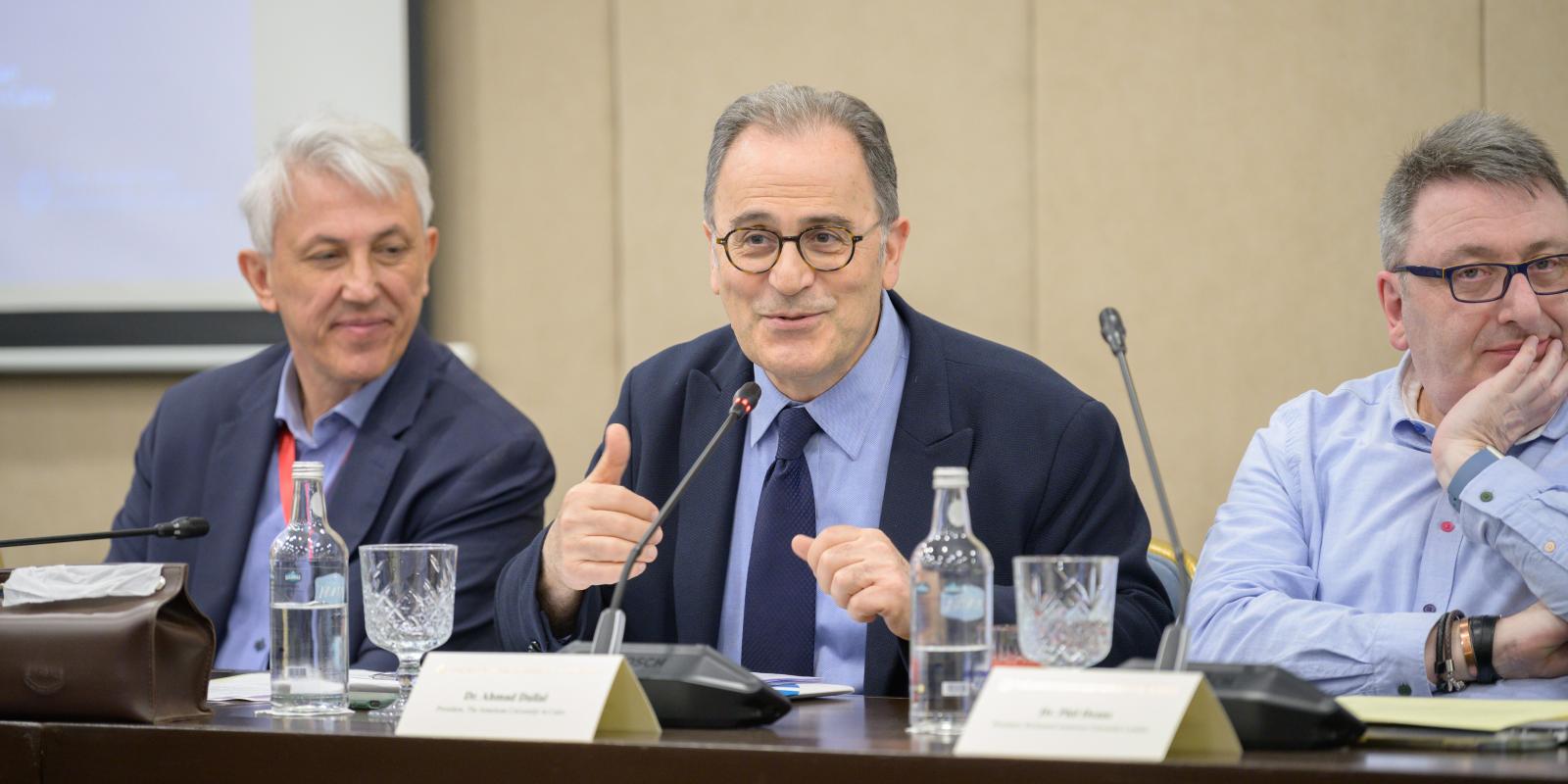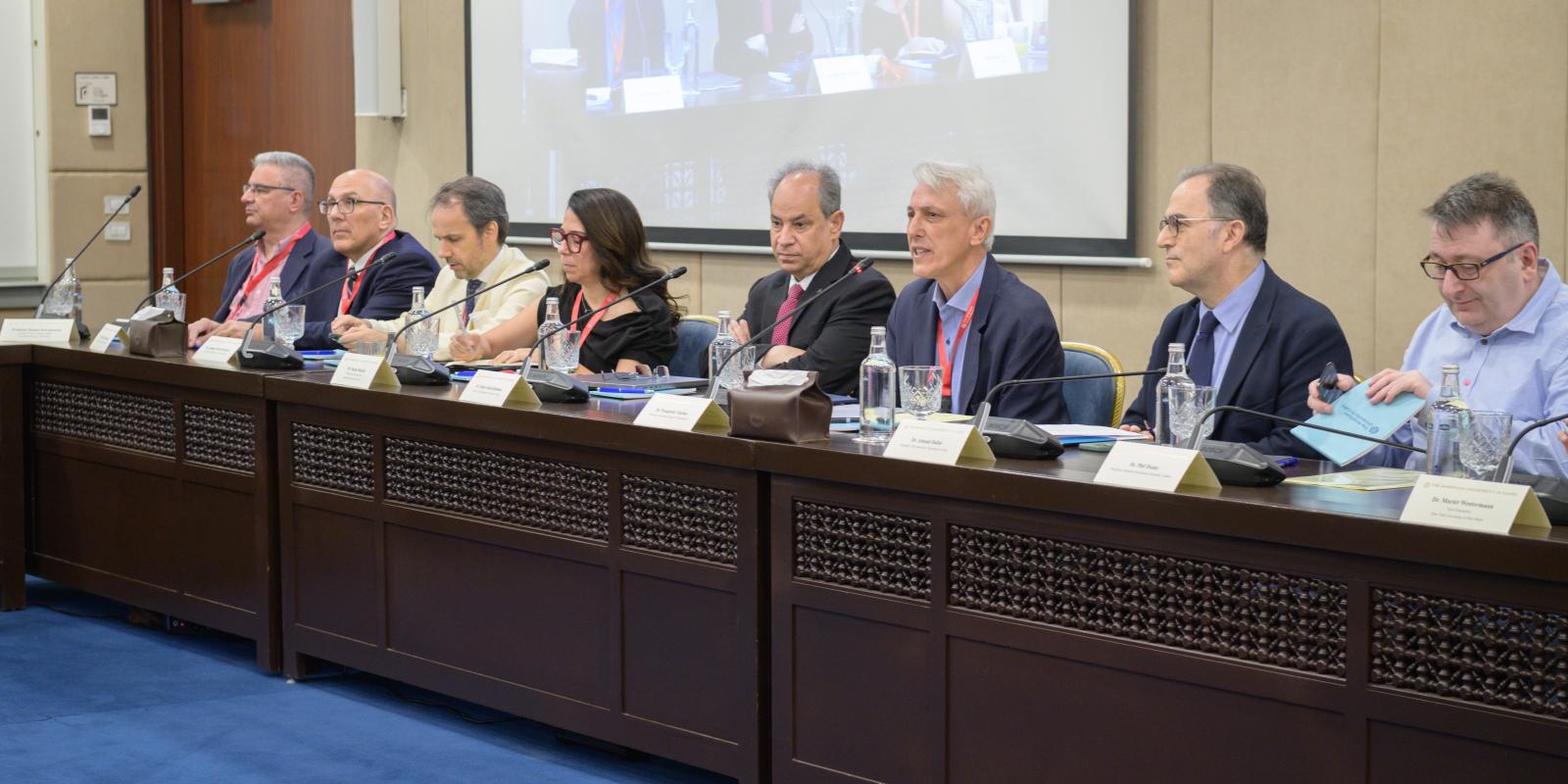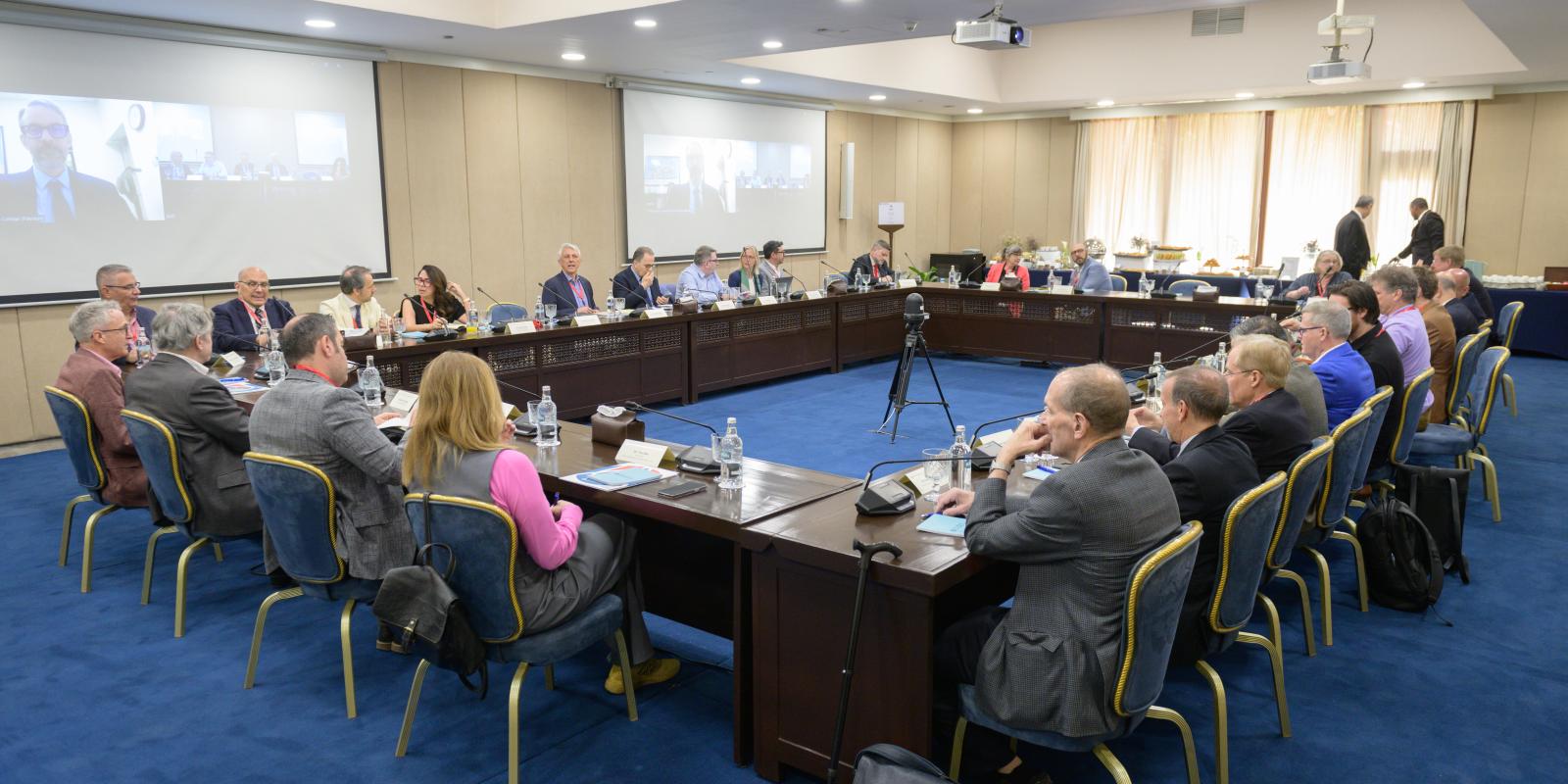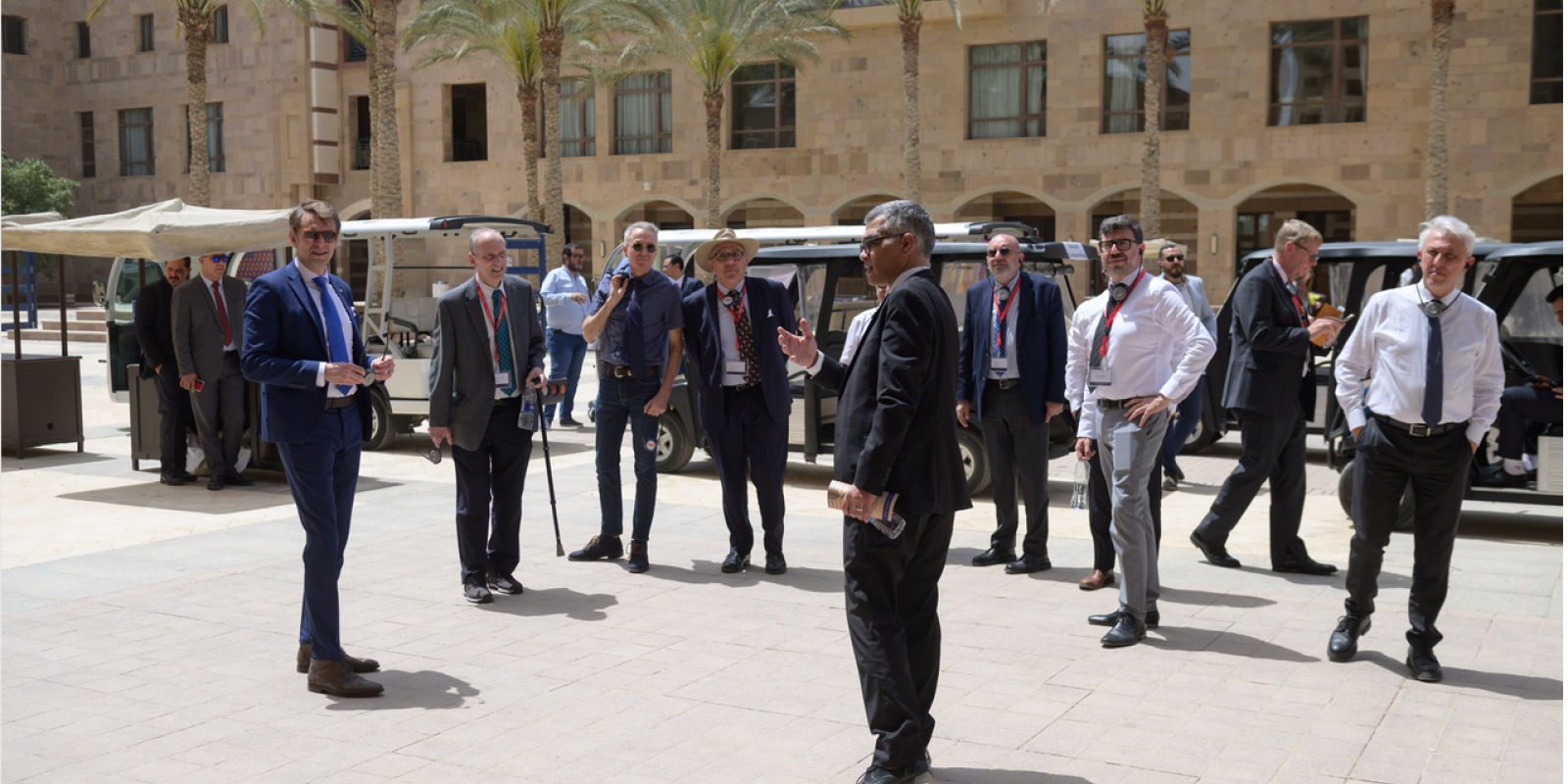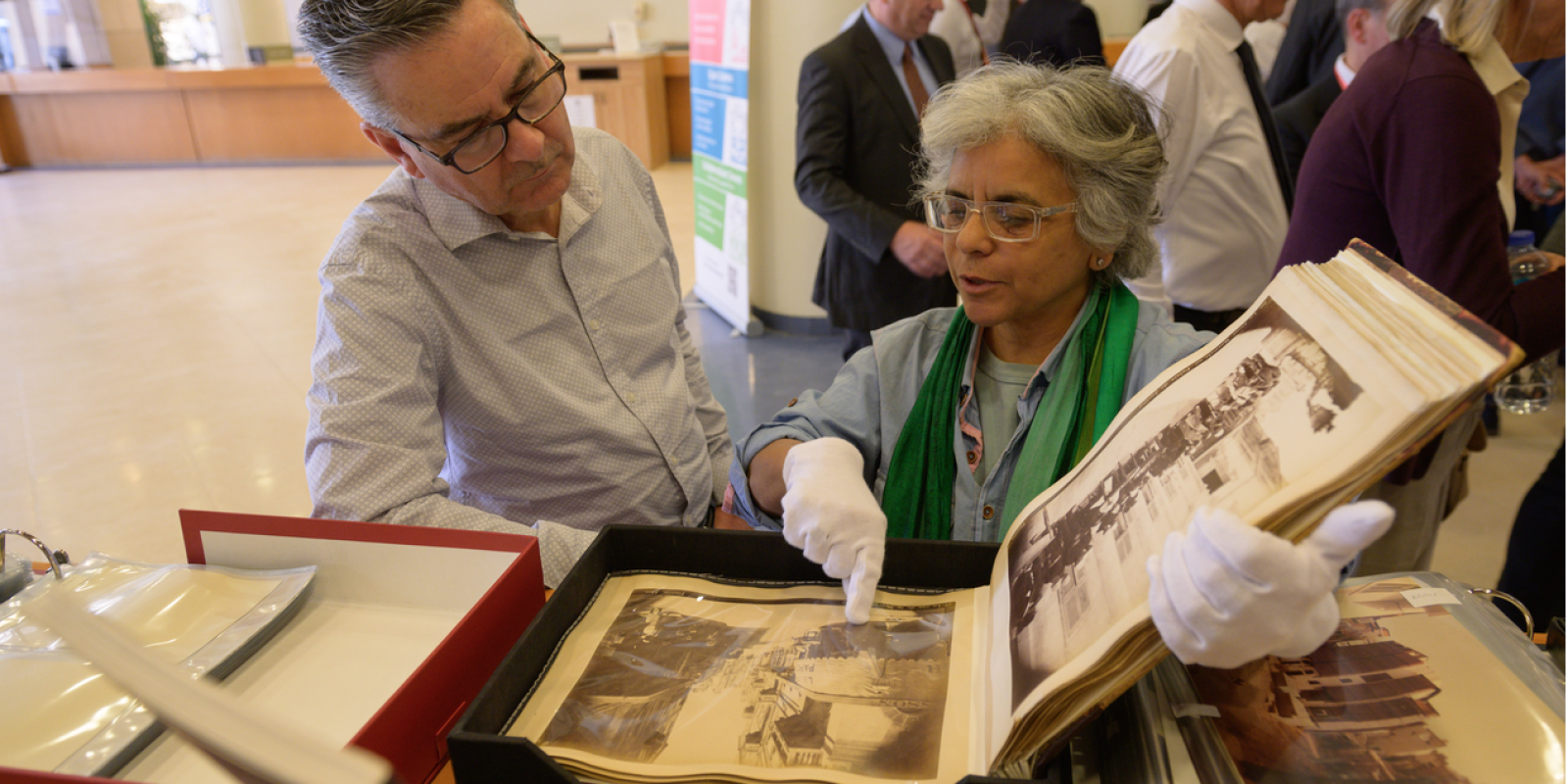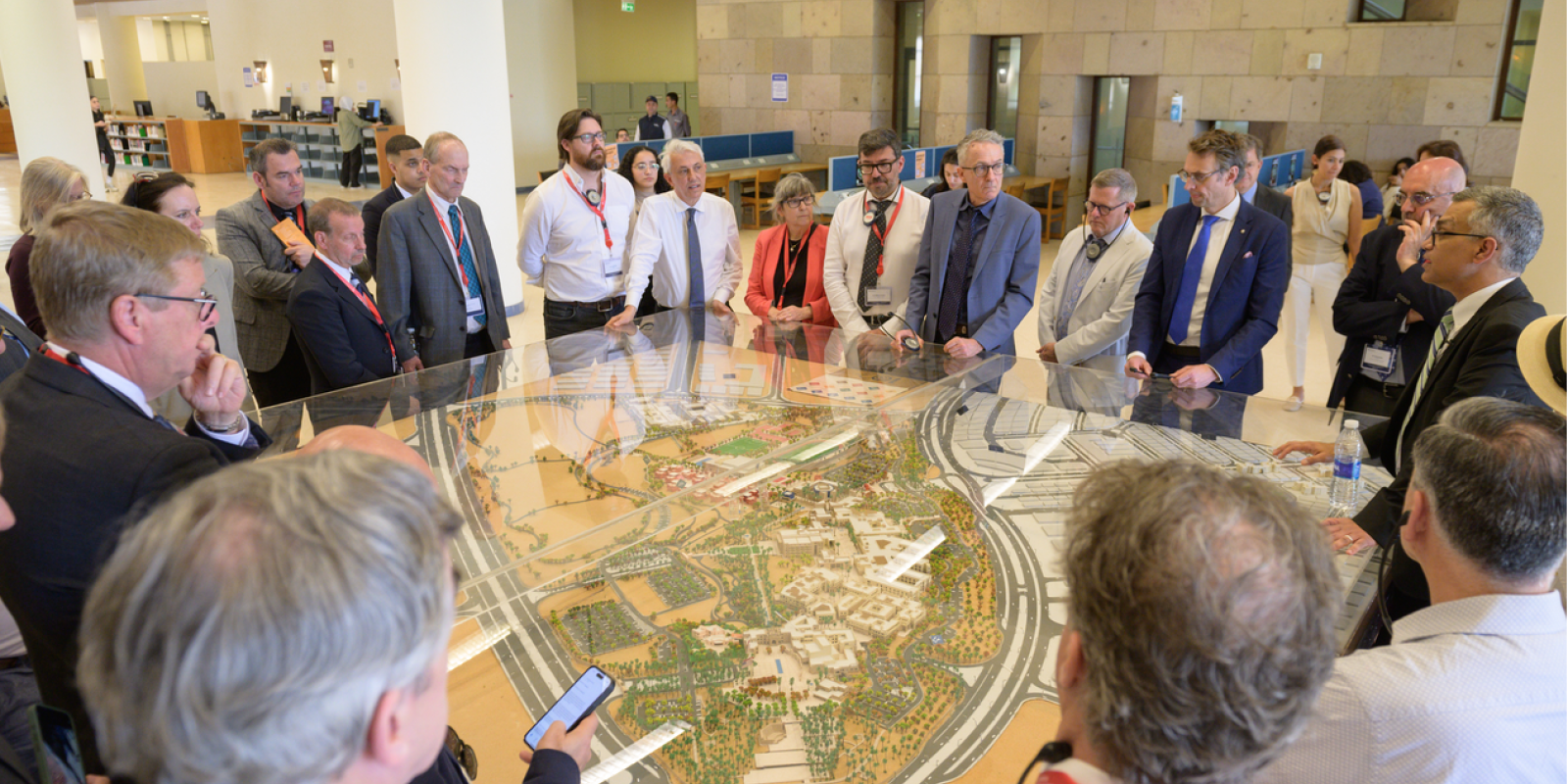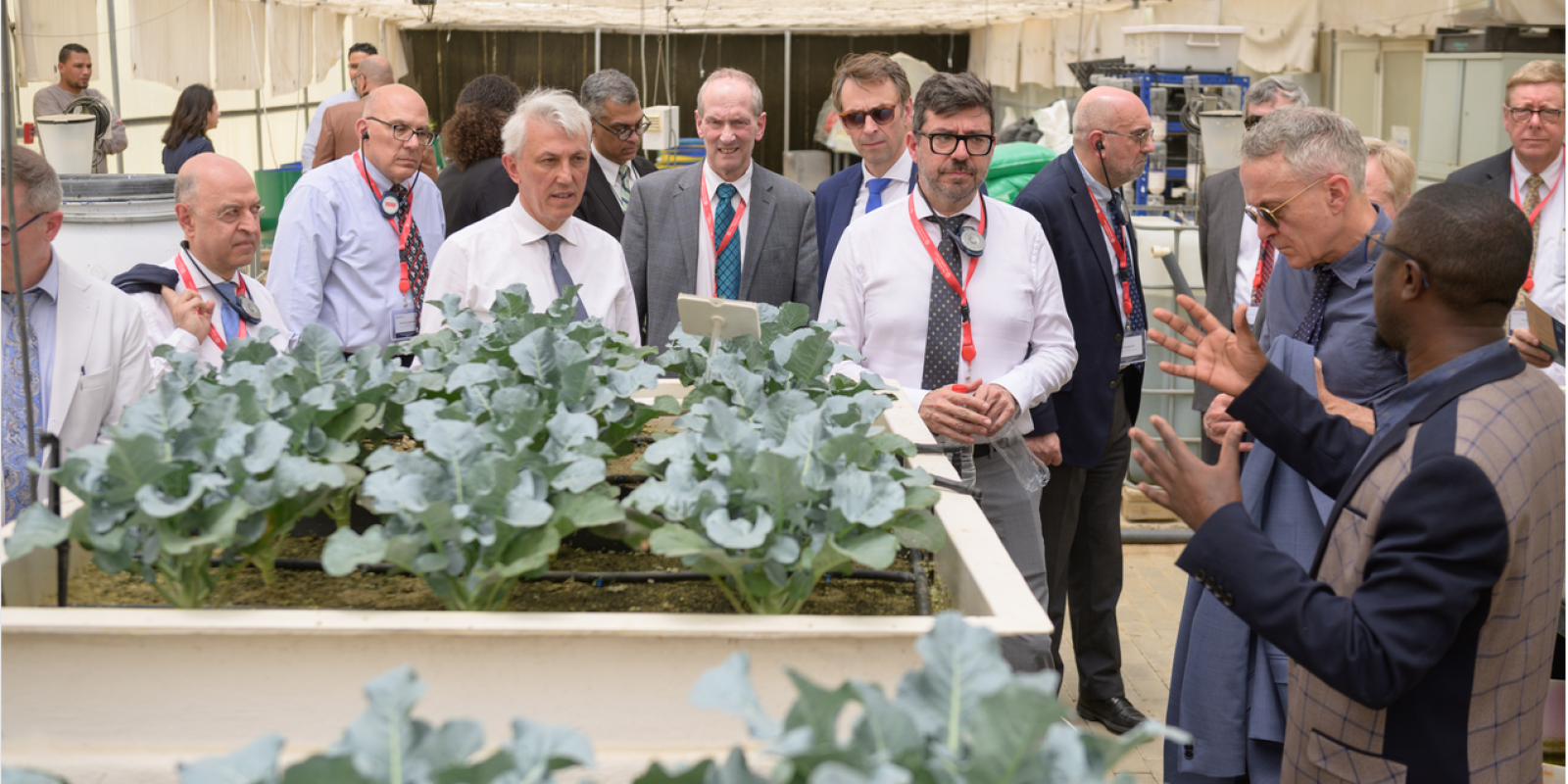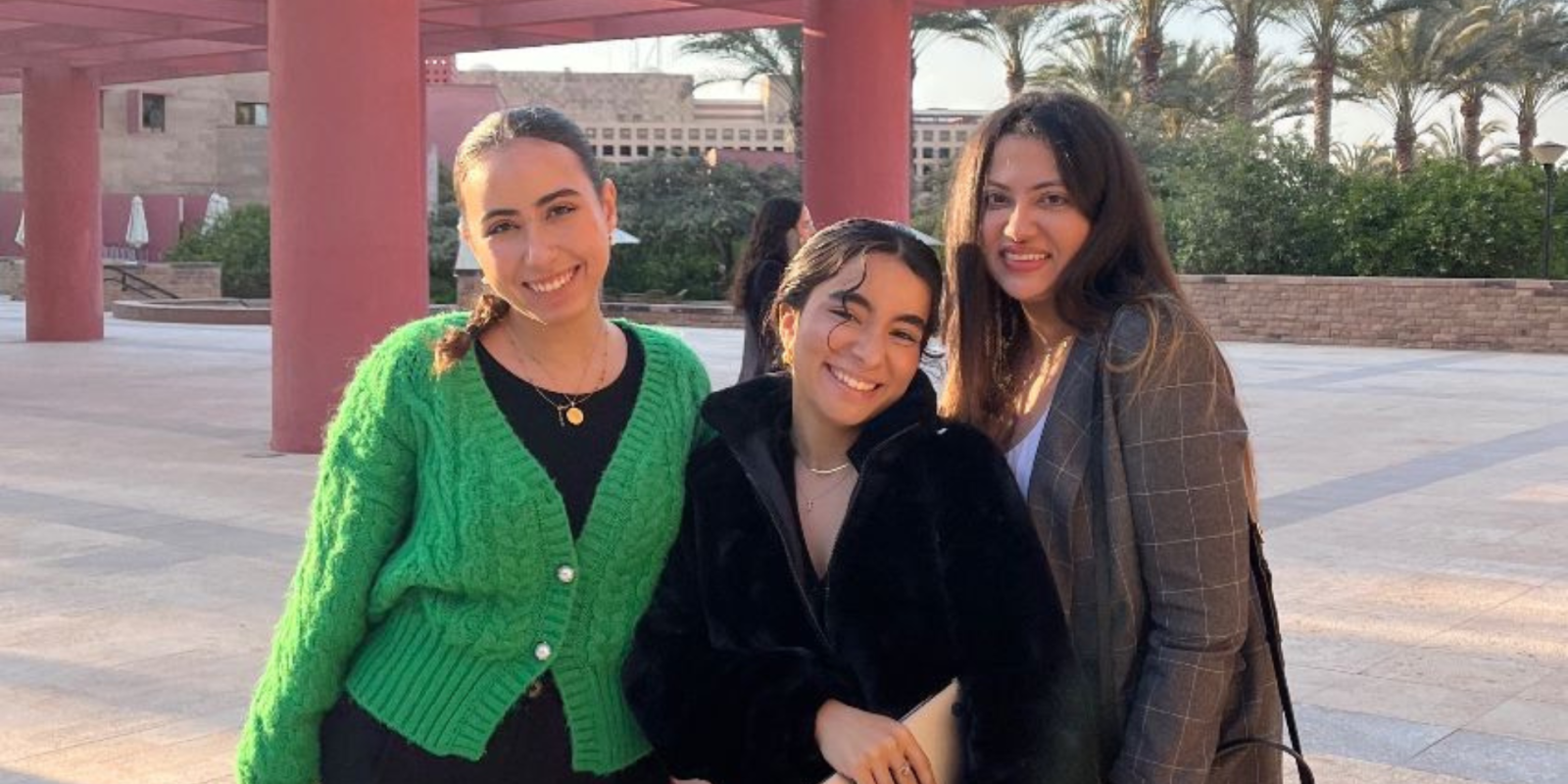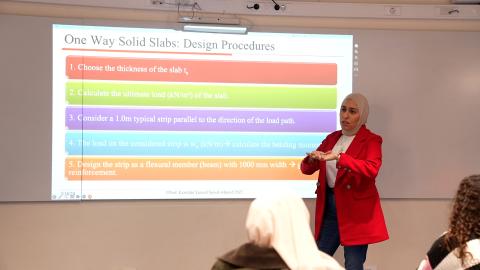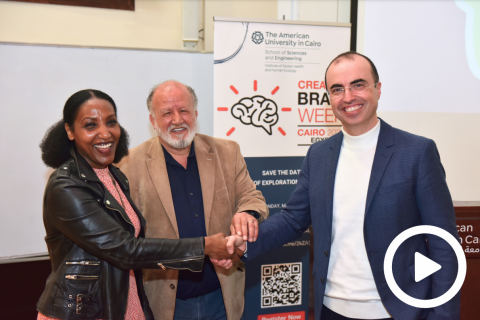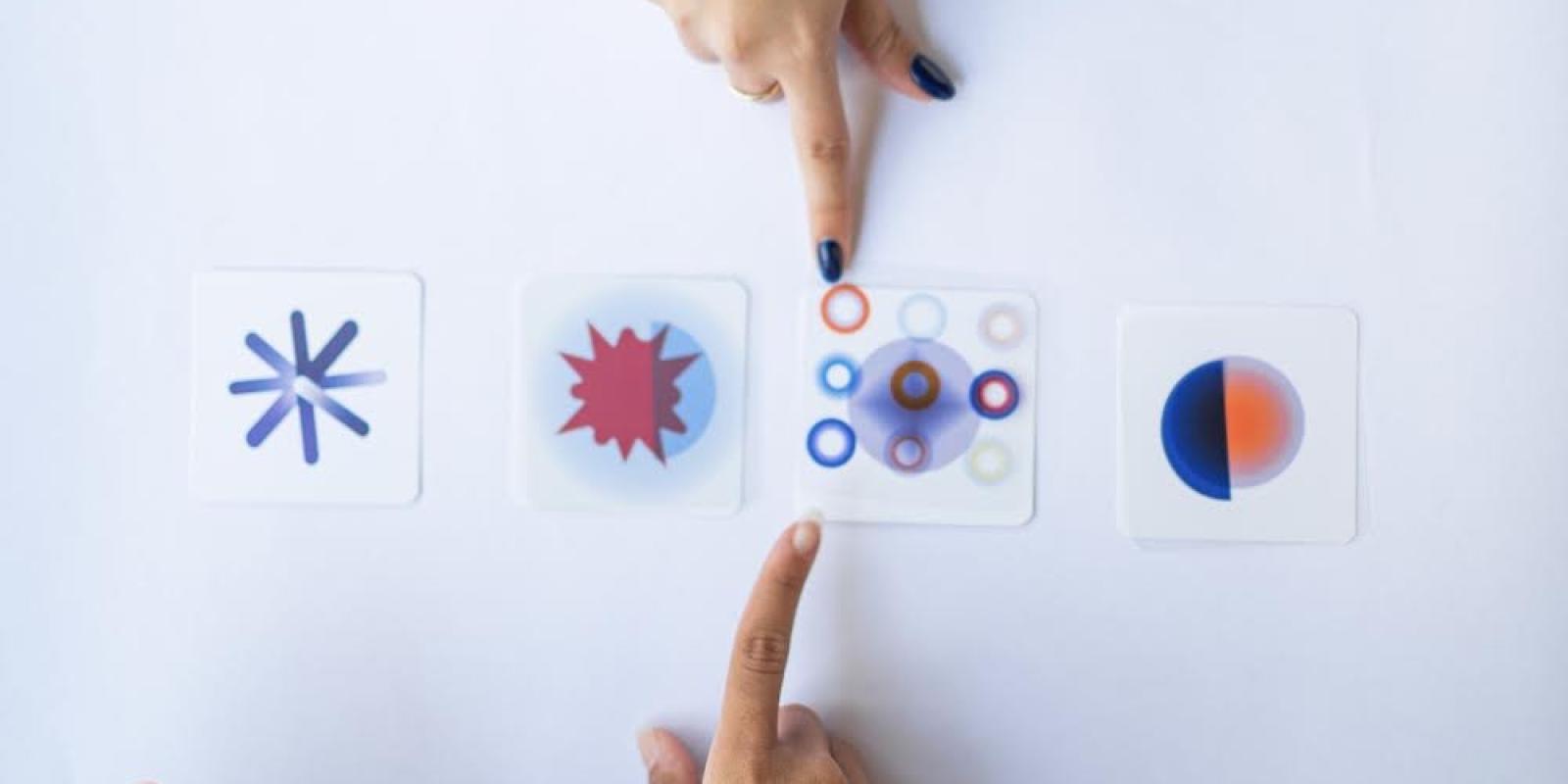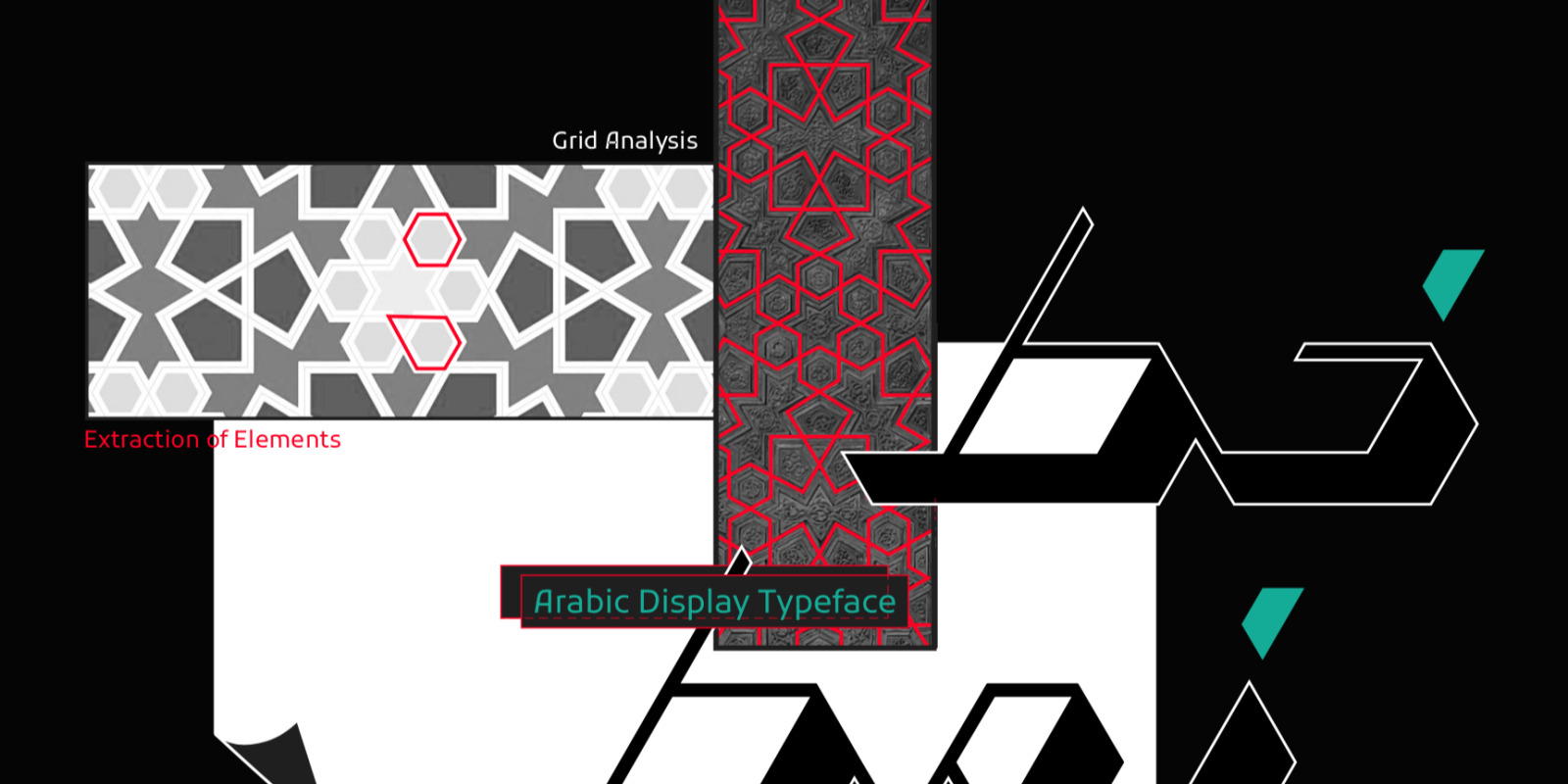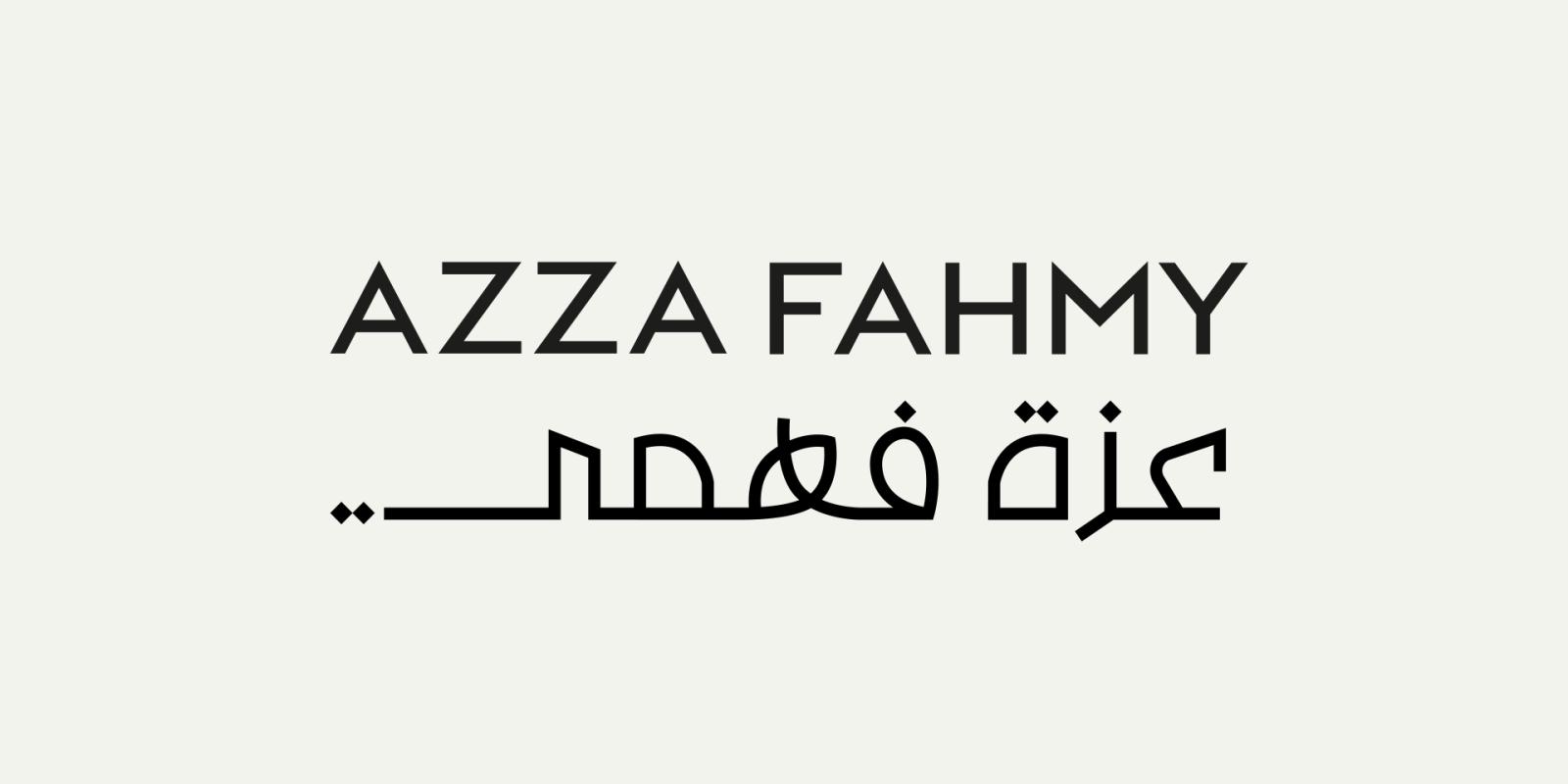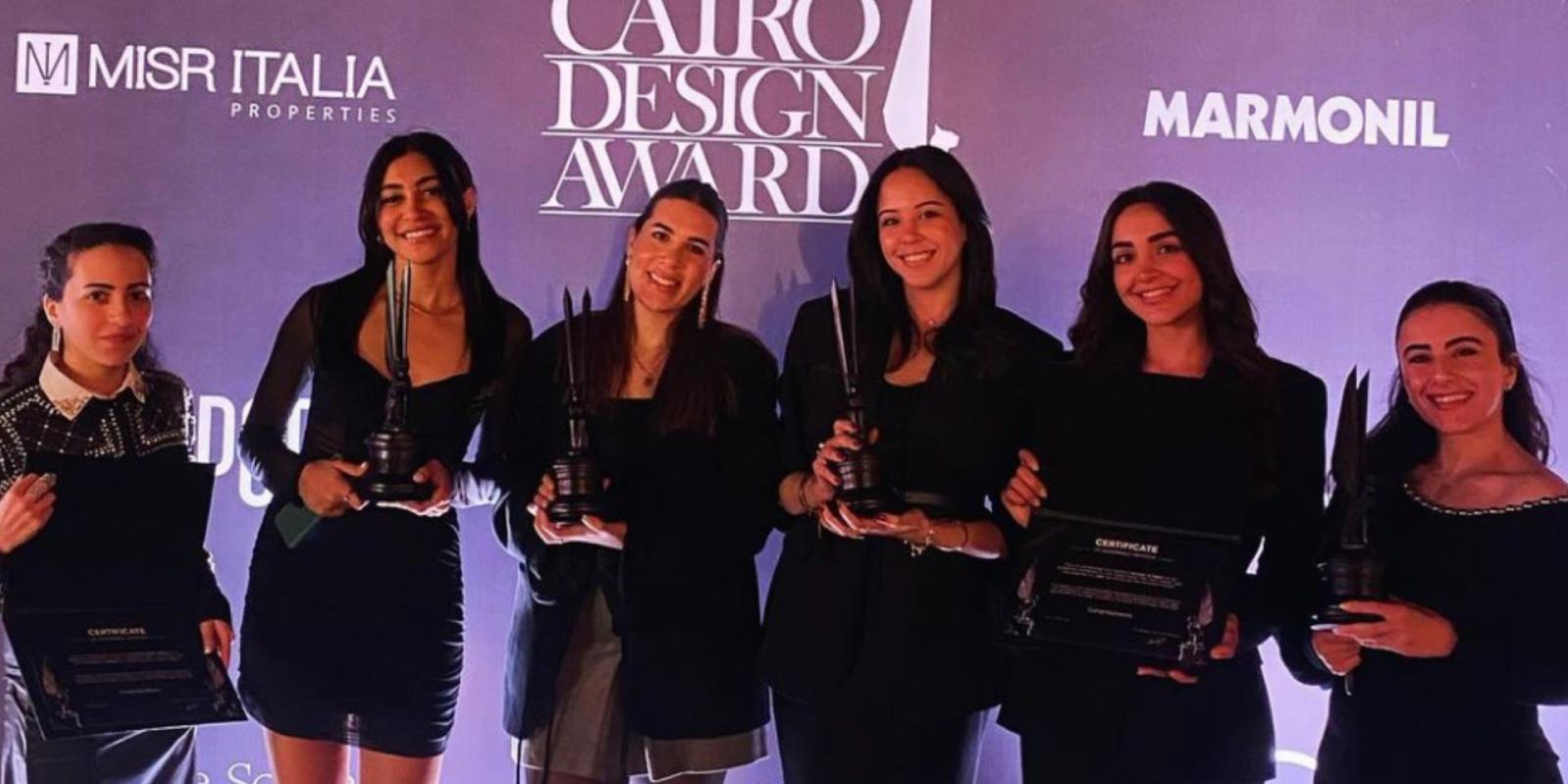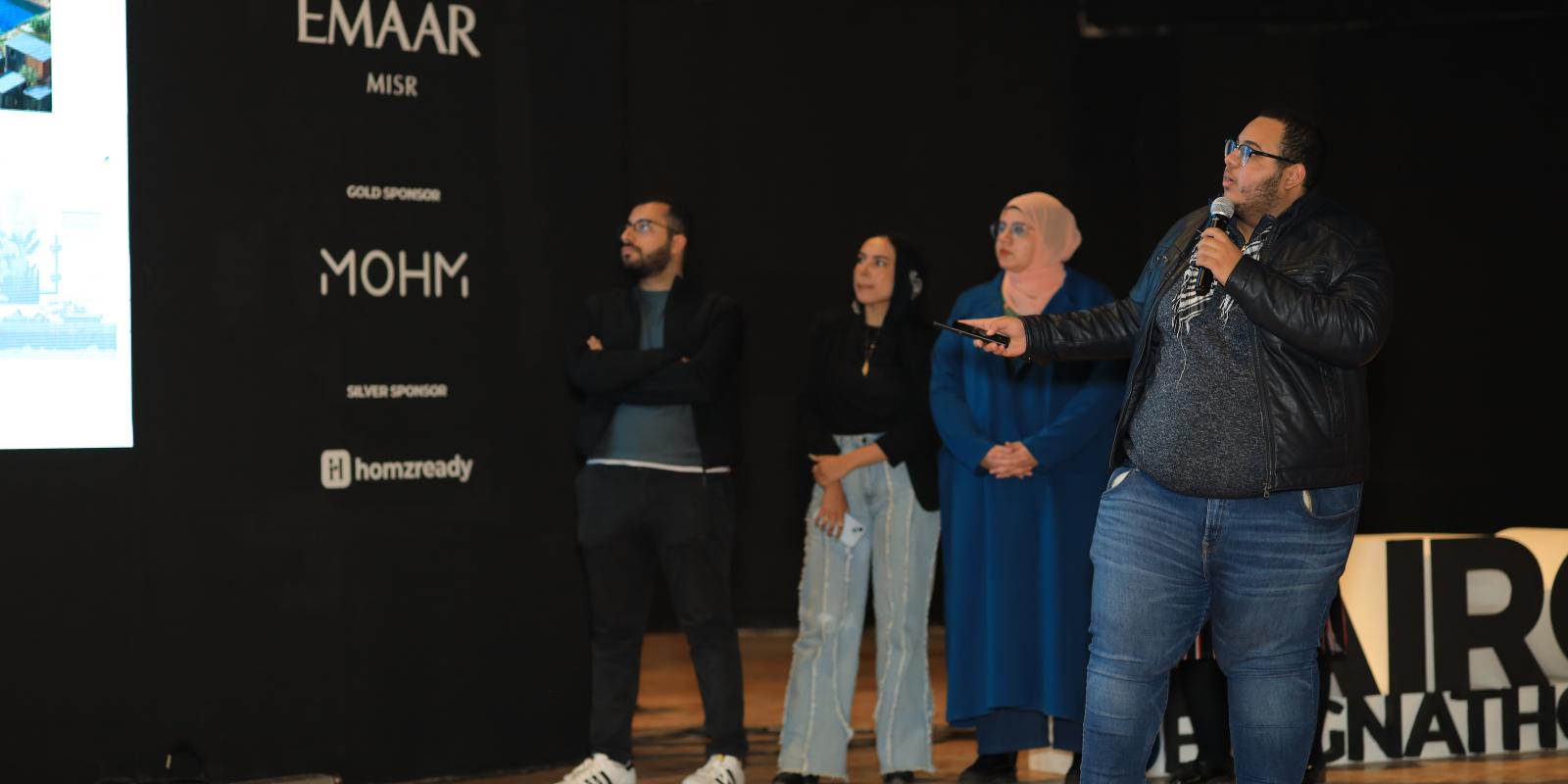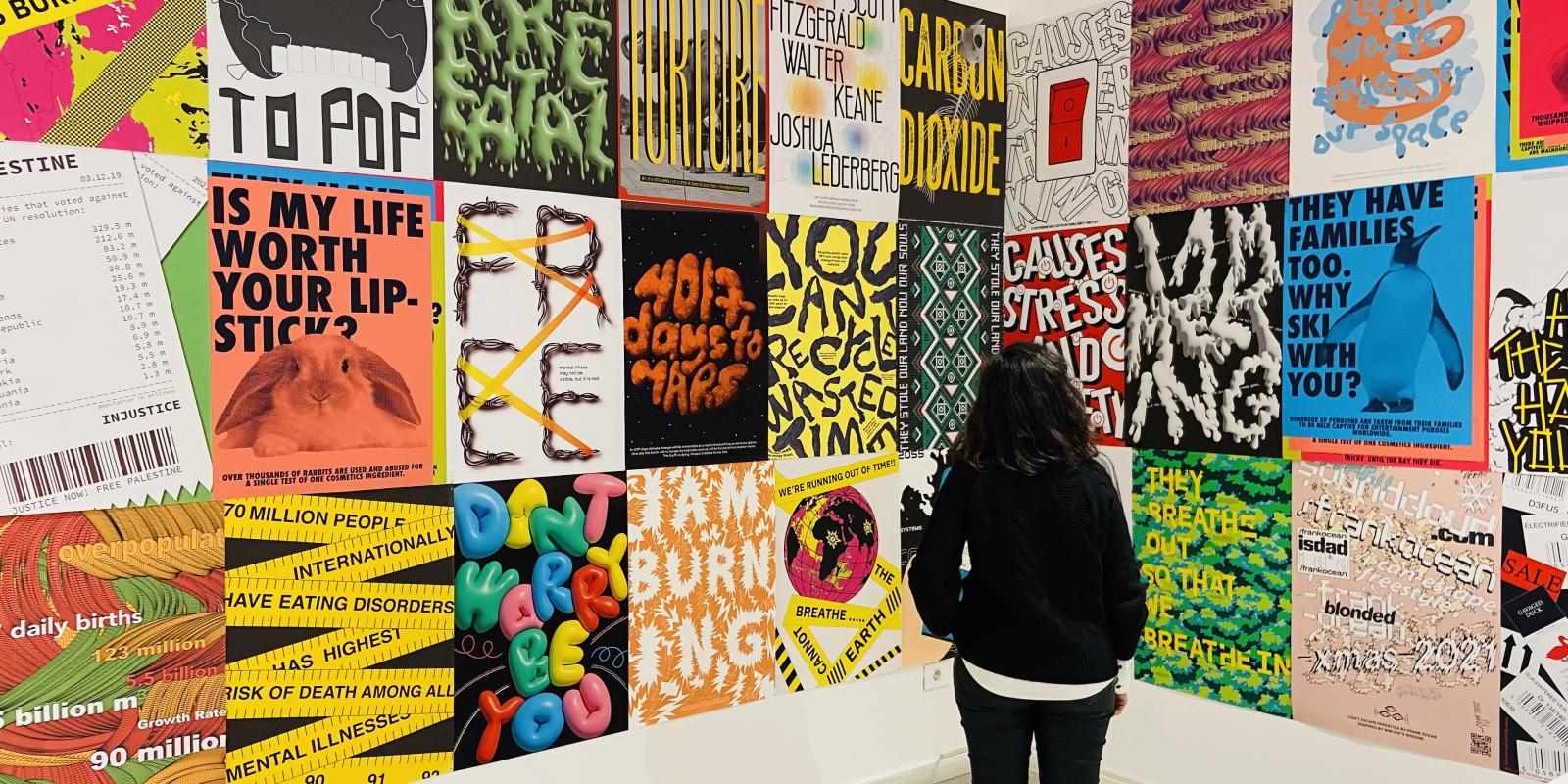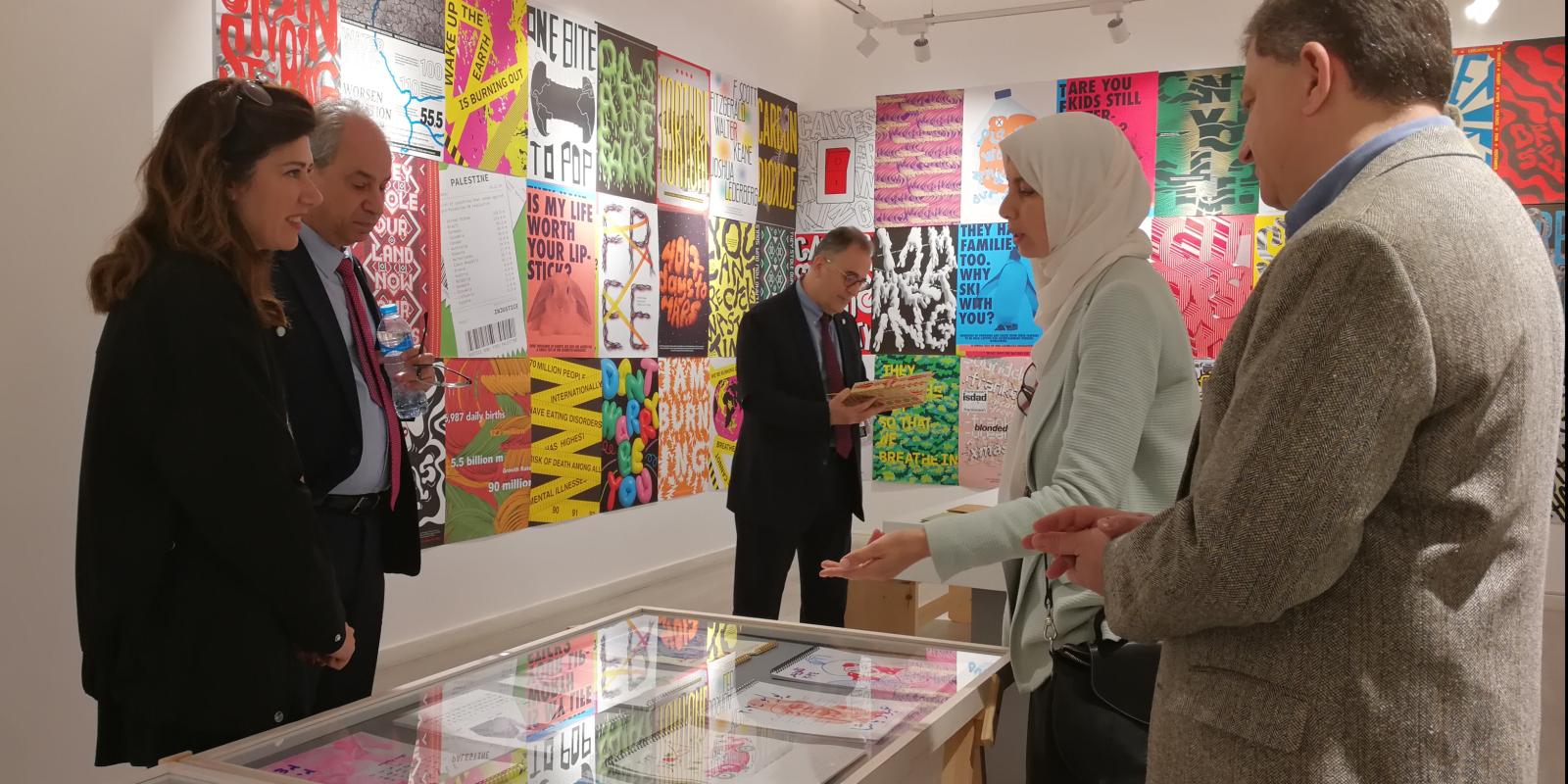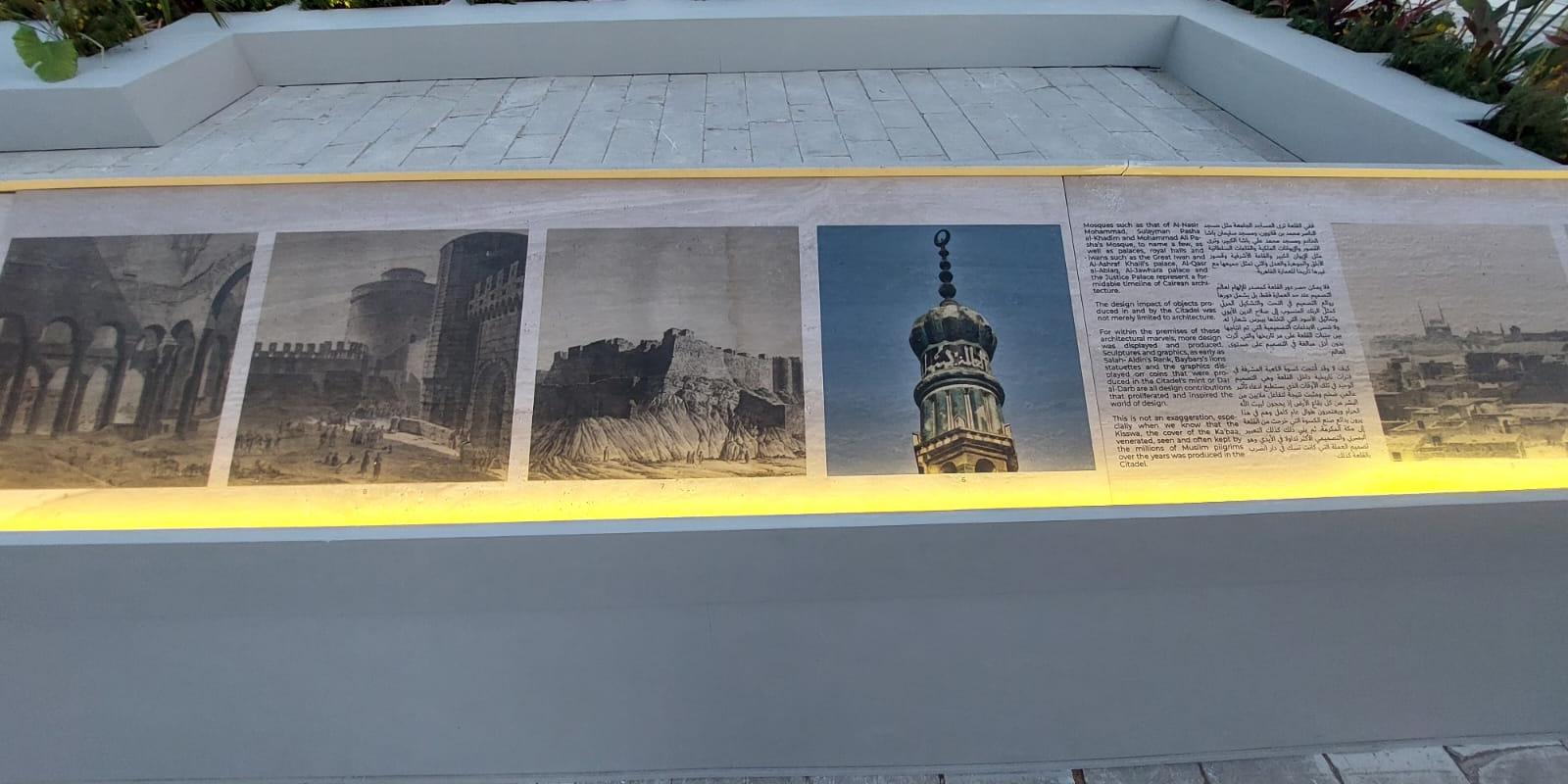AUC Hosts Annual AAICU Meeting
AUC hosted this week the annual meeting for the Association of American International Colleges and Universities (AAICU), a consortium of independent, non-for-profit, higher education institutions located outside the United States and based on the American liberal arts model. The meeting was attended by leaders of member universities from the Middle East, Africa, Asia and Europe, including Nigeria, France, Switzerland, Italy, Greece, Lebanon, Iraq and the United Arab Emirates.
"We are honored to have hosted such a distinguished gathering of leaders of international American universities. We share a vision and interest in developing liberal arts education and making it accessible around the world."
AUC hosts the annual meeting of the Association of American International Colleges & Universities, with leaders of member universities from different parts of the world
"We are honored to have hosted such a distinguished gathering of leaders of international American universities,: said AUC President Ahmad Dallal. "We share a vision and interest in developing liberal arts education and making it accessible around the world. The exchange of ideas and perspectives during the meeting exemplifies the spirit of collaboration and innovation that defines AUC and its commitment to global engagement."
Touring the New Cairo campus, including AUC's Center for Applied Research on the Environment and Sustainability as well as the Rare Books and Special Collections Library
“I was very impressed with how architecture played a significant role in focusing on students, faculty and staff. The whole structure speaks to the philosophy of the school,” said Panagiotis Vlachos, president of the American College of Thessaloniki and president of AAICU.
“The University seems to be an engine of change within the community, the region and, of course, the country."
The meeting aims to facilitate conversations on the future of higher education as well as effective strategies and best practices for advancing academic partnerships. It also promotes intercultural perspectives through student and faculty exchange.
“For us to do our work in this sort of rich historical context has really been enjoyable,” said Todd Laursen, chancellor of the American University of Sharjah.
AUC hosted the AAICU meeting back in 2008 resulting in the Cairo Declaration.
“The University seems to be an engine of change within the community, the region and, of course, the country. It incorporates all different communities into it in a magnificent way,” said Samuel Martín-Barbero, president of Franklin University Switzerland.

